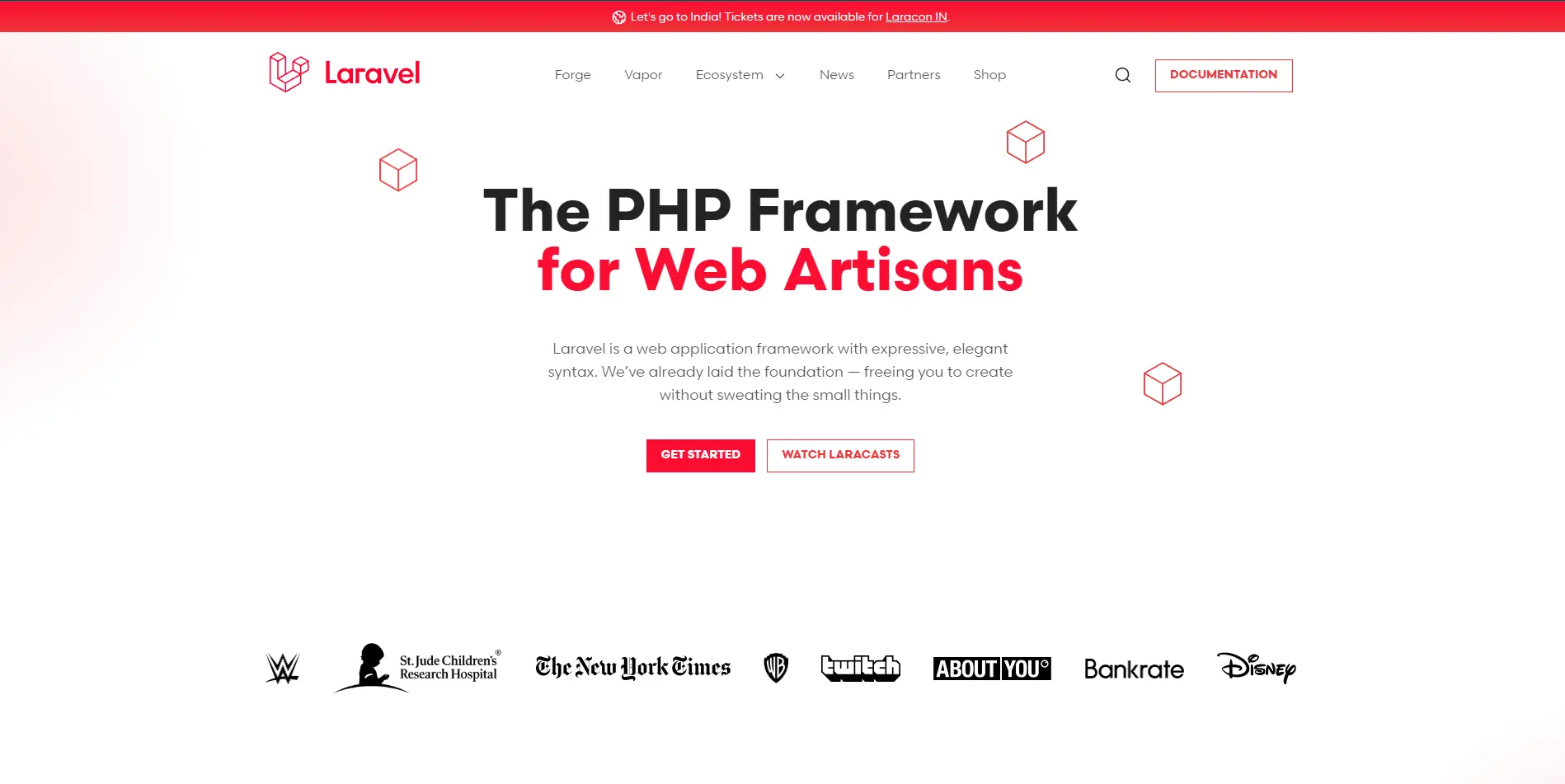Laravel, a robust framework in the PHP ecosystem, offers immense power. However, to elevate your skills from good to great, mastering essential best practices is key. Let’s delve into 7 crucial guidelines for crafting Laravel code that is reusable, scalable, maintainable, and testable:
1. Embrace DRY (Don’t Repeat Yourself):
Reusing code is a cornerstone of efficient programming. Embrace DRY principles by:
- Extracting logic into reusable functions, libraries, or traits.
- Sharing Blade templates across routes with similar layouts.
- Utilizing Eloquent’s scopes to define reusable query criteria.
2. Ditch Blade Querying:
While querying in Blade templates may seem convenient, it often leads to performance issues like the N+1 problem. Instead, opt for a cleaner approach:
- Execute queries in models: Encapsulate data access logic with Eloquent or raw SQL in model methods.
- Orchestrate data retrieval in controllers and pass it to Blade views for presentation.
3. Wrap with Transactions:
For complex database operations involving multiple modifications, implement transactions. This ensures all updates succeed or fail together, preserving data integrity:
DB::transaction(function() {
// Update multiple related records
});
4. Follow the “Fat Model, Skinny Controller” Principle:
Keep controllers focused on routing and handling HTTP requests. Shift complex logic, such as query building, data validation, and business rules, to models or dedicated service classes. This promotes cleaner, more maintainable code.
5. Centralize Business Logic in Services:
Elevate complex business logic from controllers into dedicated service classes. This approach encourages:
- Code reuse across different controllers and contexts.
- Isolation of business logic for clearer testing and maintenance.
- Improved testability by focusing on pure logic without HTTP concerns.
6. Banish Hardcoded Text:
Hardcoded text within your codebase raises concerns. Embrace Laravel’s localization features to:
- Store UI text strings in language files for easy translation.
- Dynamically load and display text based on the user’s language preference.
- Maintain code cleanliness and flexibility for internationalization.
7. Embrace Testing from the Start:
Writing unit and integration tests for your Laravel code is essential. This practice catches bugs early, ensures code functions as expected, and facilitates confident code refactoring.
Bonus Tip: Implement coding standards like PSR-2 to maintain consistency and readability across your codebase.
By adhering to these best practices, your Laravel code will not only function effectively but will also be a joy to read, maintain, and scale. Remember, mastering Laravel is a continuous journey, so keep learning, practicing, and crafting beautiful code!
